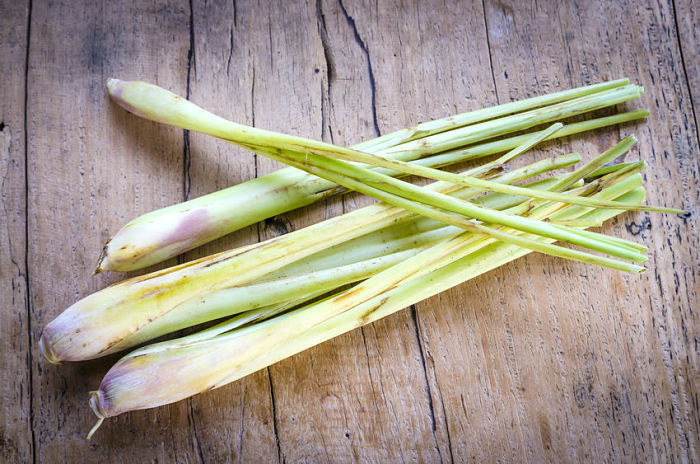Fenugreek – ancient medicinal plant against diseases

The many health benefits that fenugreek has have been known for many centuries. This herbaceous plant is closely related to trignoella caerulea.

Its spicy seeds are not only an important element in Asian and Indian cuisine, but also in Chinese and Ayurvedic medicine. In botany, this plant is a member of the Fabaceae family. Originally it only grew in India, but now it also grows in many other countries such as Greece, Spain and others that have clay soils.
The spicy taste of fenugreek
Fenugreek has a strong, slightly bitter taste and is somewhat similar to celery. Essential oils, found within the seeds of legumes, are quickly lost. Therefore, the seeds should always be used as fresh as possible.
Inside a legume harvested from annual plants are about 20 to 40 seeds, which are covered with a hard shell. The best way to effectively grind the seeds is by using a coffee grinder. Ground fenugreek seeds are a classic ingredient in various curry mixes.
This spice made from the seeds, contains high-quality essential oils that can counteract atherosclerosis, and is often pan-roasted before consumption (like curry). The bitter taste disappears through the light roasting process. In India, not only the seeds but also the leaves of the plant are used for seasoning.
The healthy properties of fenugreek
Fenugreek seeds are rich in:
- Iron,
- Fiber,
- Calcium,
- Manganese,
- Proteins,
- Carbohydrates,
- Vitamins A, C, B6,
In the European Journal of Clinical Nutrition, a study was published saying that fenugreek as a traditional and herbal medicine can lower blood sugar in diabetics. Researchers were able to see an improvement of up to 54 percent when fenugreek was used.
People suffering from very low blood sugar levels should refrain from frequent consumption of fenugreek, as sugar can drop even further.
This spice increases the appetite of some people, while in others it can decrease the feeling of hunger. This depends on the individual and the type of preparation. As soon as fenugreek is consumed as a spice through the diet, the body’s fat storage decreases considerably. Furthermore, a reduction in LDL cholesterol also occurs.
On the other hand, fenugreek has a positive effect on male testosterone levels. Men who suffer from low testosterone levels can increase them if they regularly consume fenugreek in their food or prepare a tea with the seeds.
This spice not only has a positive effect on the levels of male hormones, but also effectively increases milk production in lactating mothers. Breastfeeding mothers who want to naturally increase their milk supply should consider drinking fenugreek herbal tea.
Hildegard of Bingen, an important figure in the Middle Ages, used the seeds for the production of therapies against skin diseases. Father Sebastian Kneipp treated ulcers with the versatile spice created from fenugreek seeds.
Recent studies have shown that some parts of the herbaceous plant can have a positive impact on Parkinson’s disease. Fenugreek not only improves your health, but it is also good against hair loss.
The use of fenugreek
Traditionally, fenugreek seeds, with their characteristic bitter and slightly sweet taste, have been used for the preparation of spices and spice mixes.
For this, the seeds are ground into a very fine powder. Fresh fenugreek seeds can be used to sprout, and make delicious salads and sandwiches. The roots, branches and leaves of the plant can also be consumed or used to make tea. Fenugreek leaves are used both fresh and dried.
In Spain, fenugreek is grown in the fields and is used not only for the production of curry mixes, but also as a forage plant due to its nutrient-rich ingredients. It is commonly used as a traditional spice and as an ingredient in food preparation, but is now also available as a dietary supplement.
Fenugreek seed spice is not only a delicious ingredient for stir fries, but also in smoothies. On the other hand, the unground seeds can be used alone or with other herbs, and infused to make a tasty tea. For this you need a teaspoon (full) of whole seeds per cup and add them with boiling water. After about 10 minutes, you just have to strain the tea.
When the ground seeds are mixed together with hot water, a thick mush can form, which you can apply topically, if necessary. For example, in case of boils or other skin conditions that need treatment. This porridge should not exceed the temperature of 40 degrees when applied to the affected skin. After a contact time of 20 to 30 minutes, rinse your face.


